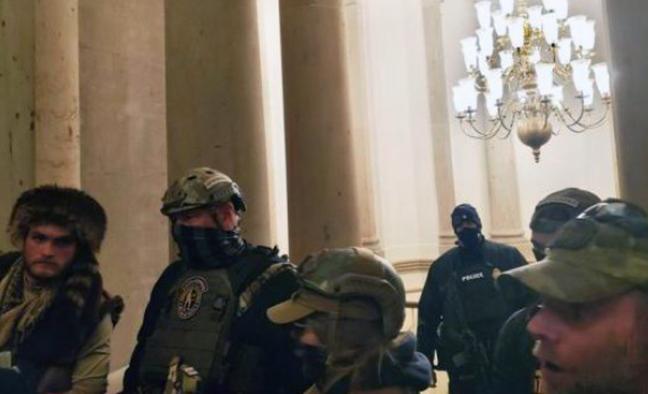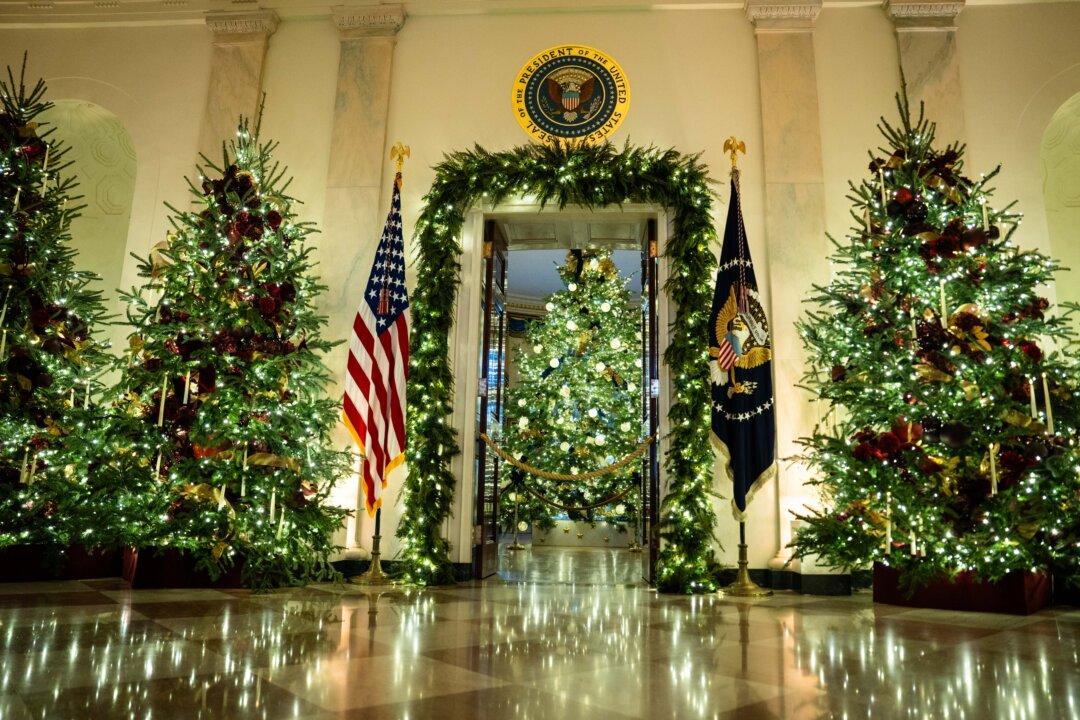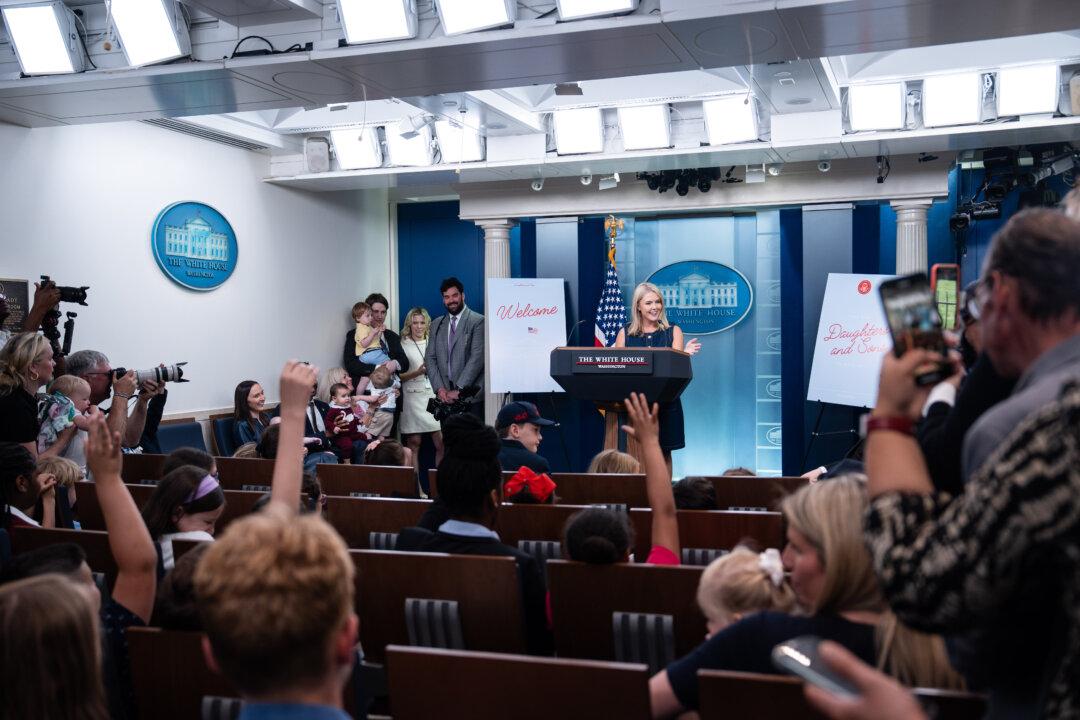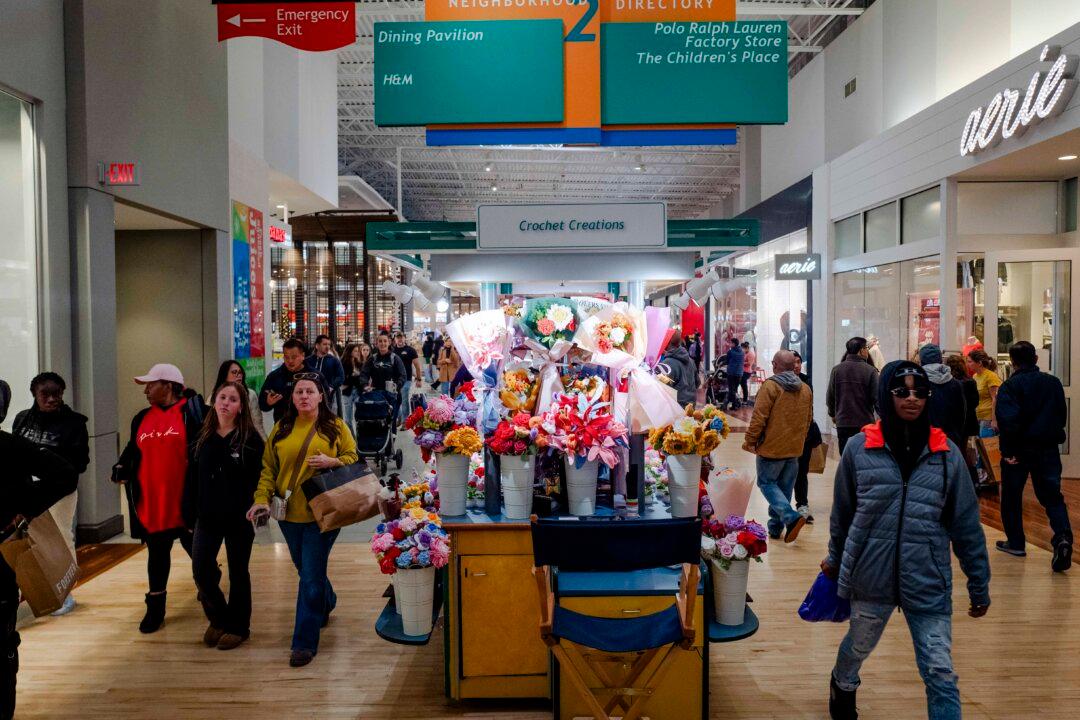WASHINGTON—A second U.S. Capitol Police officer told a federal court in Washington on Oct. 31 that he did not receive help from the Oath Keepers on Jan. 6, 2021.
U.S. Capitol Police Officer Harry Dunn testified at the trial of five Oath Keepers members or associates. Dunn has worked for the Capitol Police for about 15 years. On Jan. 6, 2021, he started his shift at 6:45 a.m. and worked until midnight.





